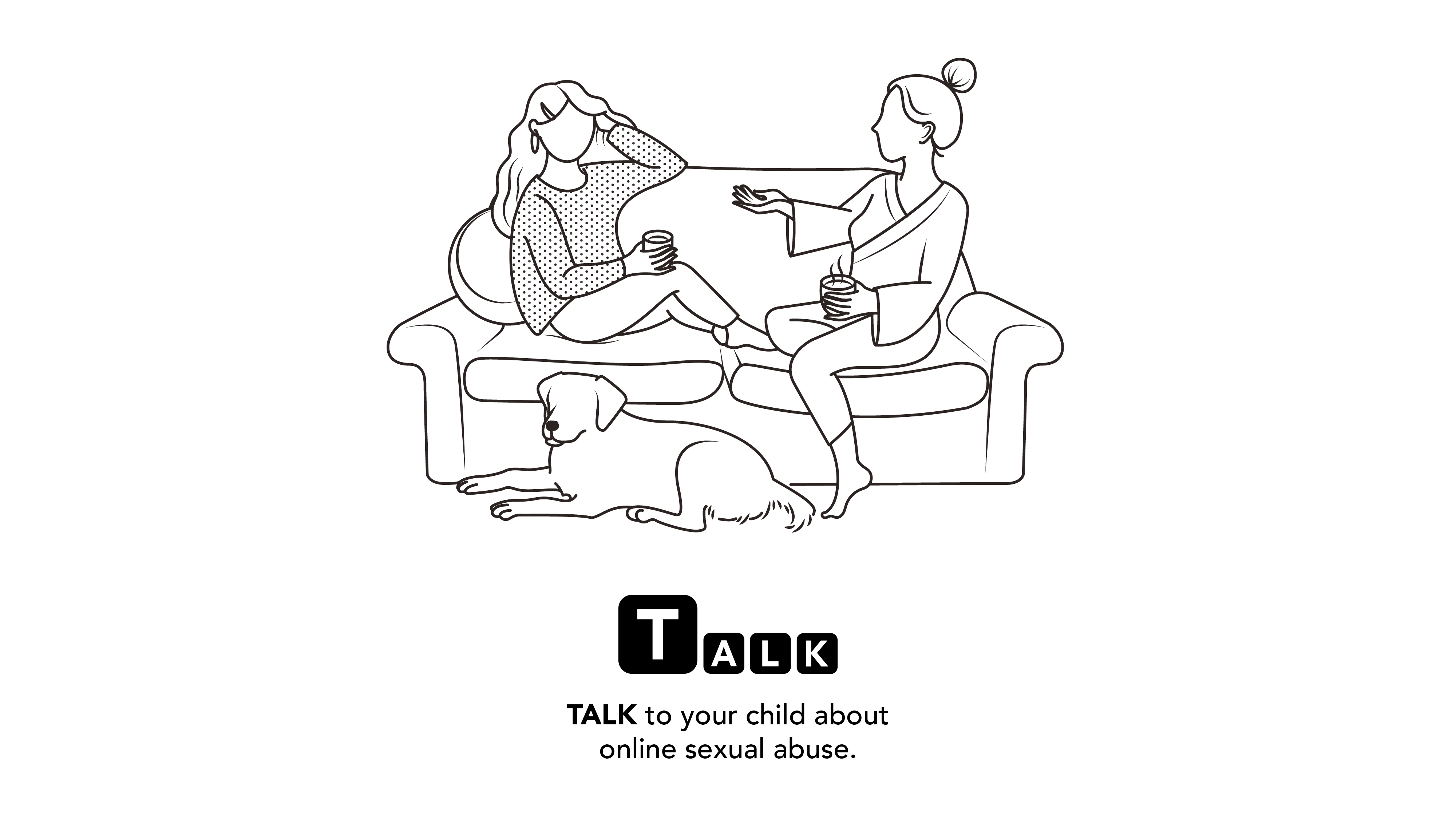
End-to-end Encryption and Keeping Your Child Safe Online
End-to-end encryption (E2EE) is being introduced by some social media and messaging platforms to enhance privacy for their users – but if this is done without putting the necessary child safety measures in place, it could pose a risk. At the moment, these social media and messaging companies scan their platforms to find and report child sexual abuse material (such as images, videos, and grooming conversations) to law enforcement, so that abusers are arrested, and children are protected.
If E2EE is rolled out widely without necessary child safety measures, social media companies will no longer be able to find and report child sexual abuse material in the same way.
It will make it harder for social media companies and law enforcement to detect child sex abusers who are looking to manipulate, groom, and sexually abuse potential victims. Crucially, it will mean that social media companies will be unable to detect and prevent the spread of images and videos of child sexual abuse within encrypted messaging services.
What can I do to help keep my child safe online?
Online grooming or tactics used by child sexual abusers are not always easy to spot. It is important to talk to children about these behaviours and make sure they know they have a safe place to turn if they are concerned or find themselves exposed to grooming or sexual abuse. With the implementation of E2EE, most child sexual abuse content will go undetected. No one will be able to see those that seek to target, groom and sexually abuse children online.
Children may not know that they are being sexually abused and exploited as child sexual abusers use a range of abuse and manipulation techniques, such as posing as children online.
Whilst it is up to social media companies to ensure their online spaces are safe, there are some actions parents and carers can take to keep their children as safe as possible online.

The TALK acronym breaks these steps into four main areas:
- Talk to your child about online sexual abuse. Start the conversation – and listen to their concerns.
- Agree ground rules about the way you use technology as a family.
- Learn about the platforms and apps your child loves. Take an interest in their online life.
- Know how to use tools, apps and settings that can help to keep your child safe online.
The key is to start now: whether your child has been using the internet independently for a while, or they are about to get their first mobile phone, it is not too late to take these steps.
Help us spread the word and close the door to online child sexual abusers. More info and resources available at talk.iwf.org.uk.
End-to-end Encryption: A guide for parents and carers
In conjunction with our partners at the Home Office, we've developed a resource for parents and carers offering advice and guidance on end-to-end encryption and keeping your child safe online.
Also available in Welsh.
